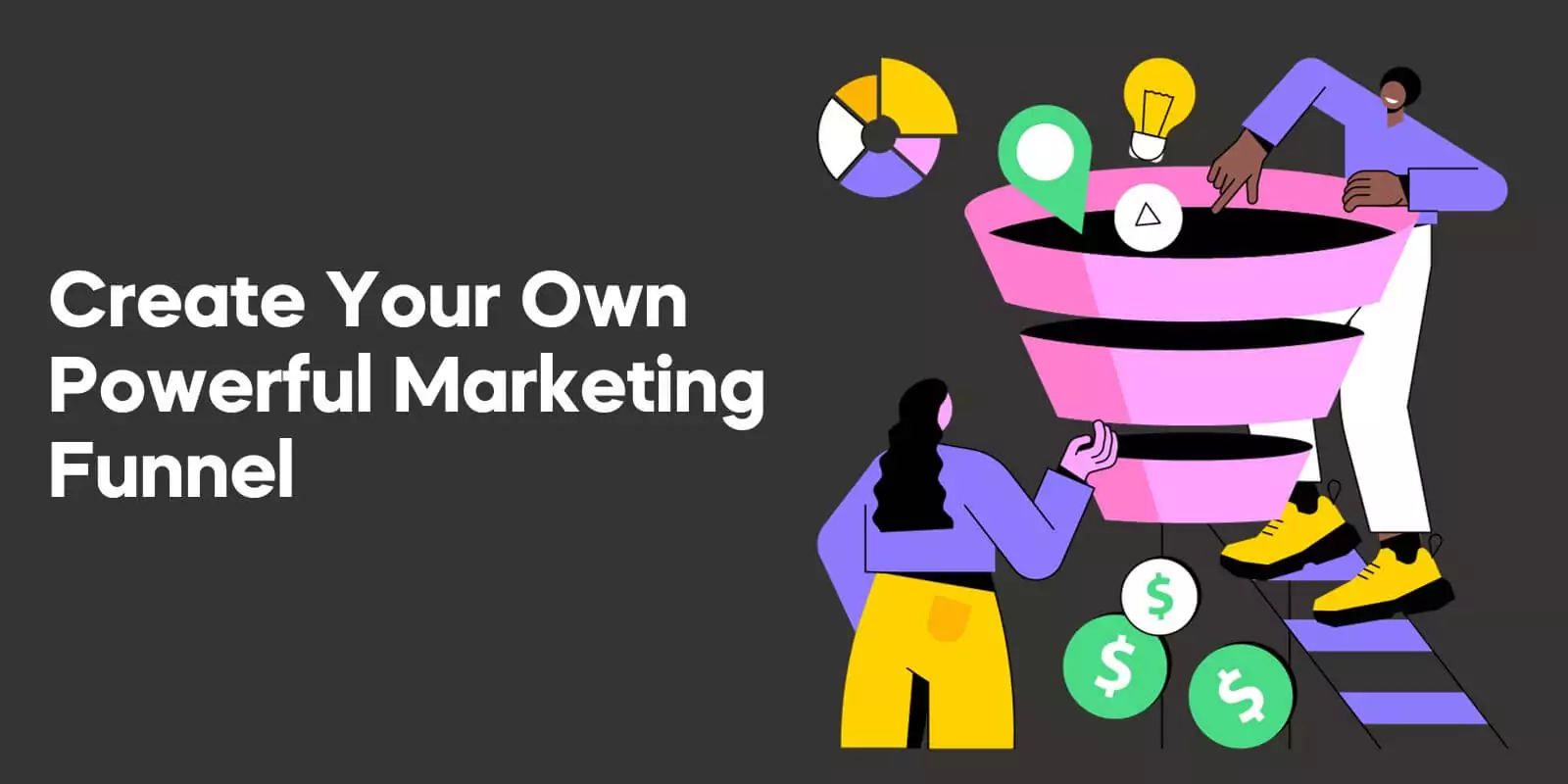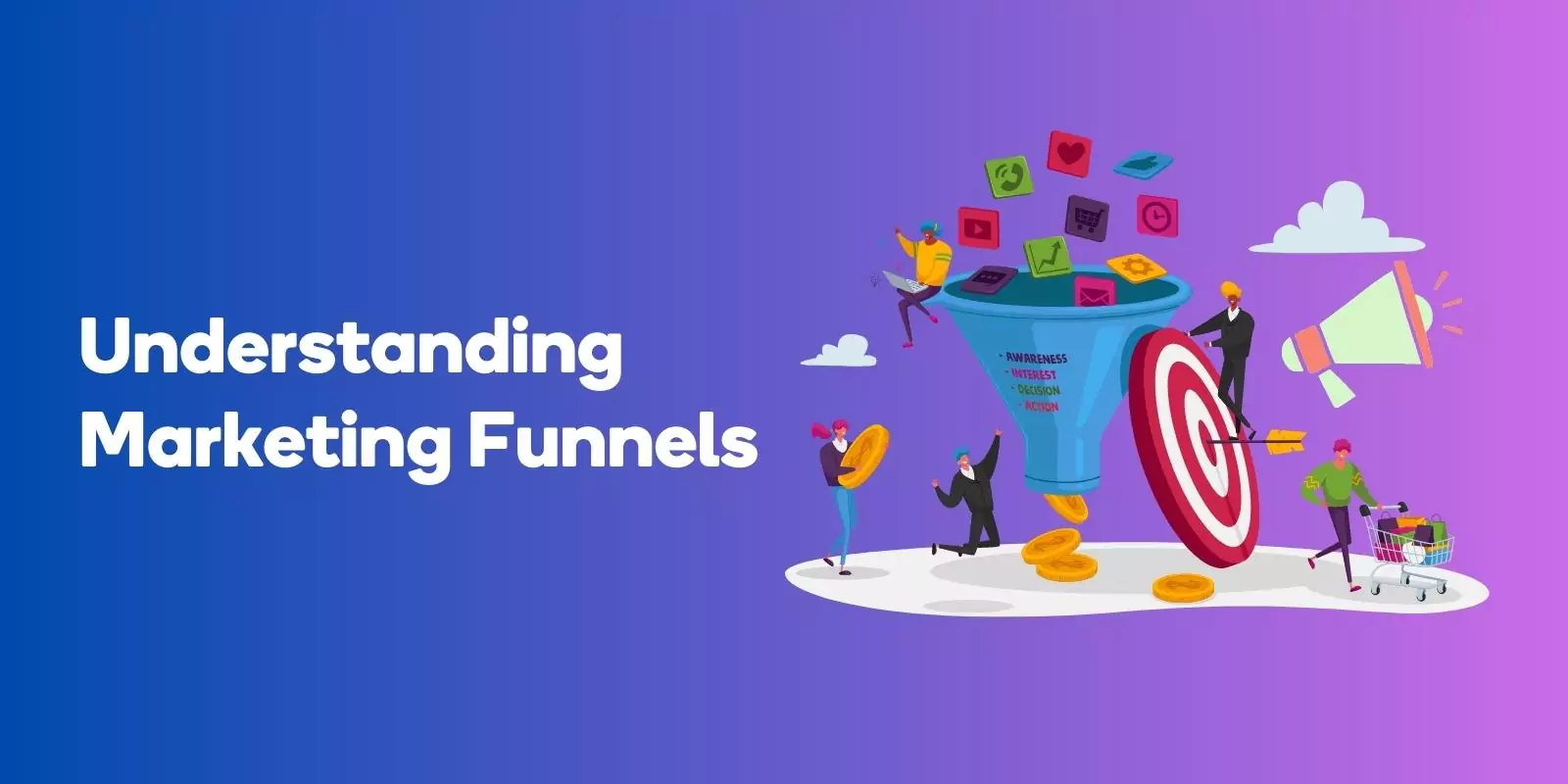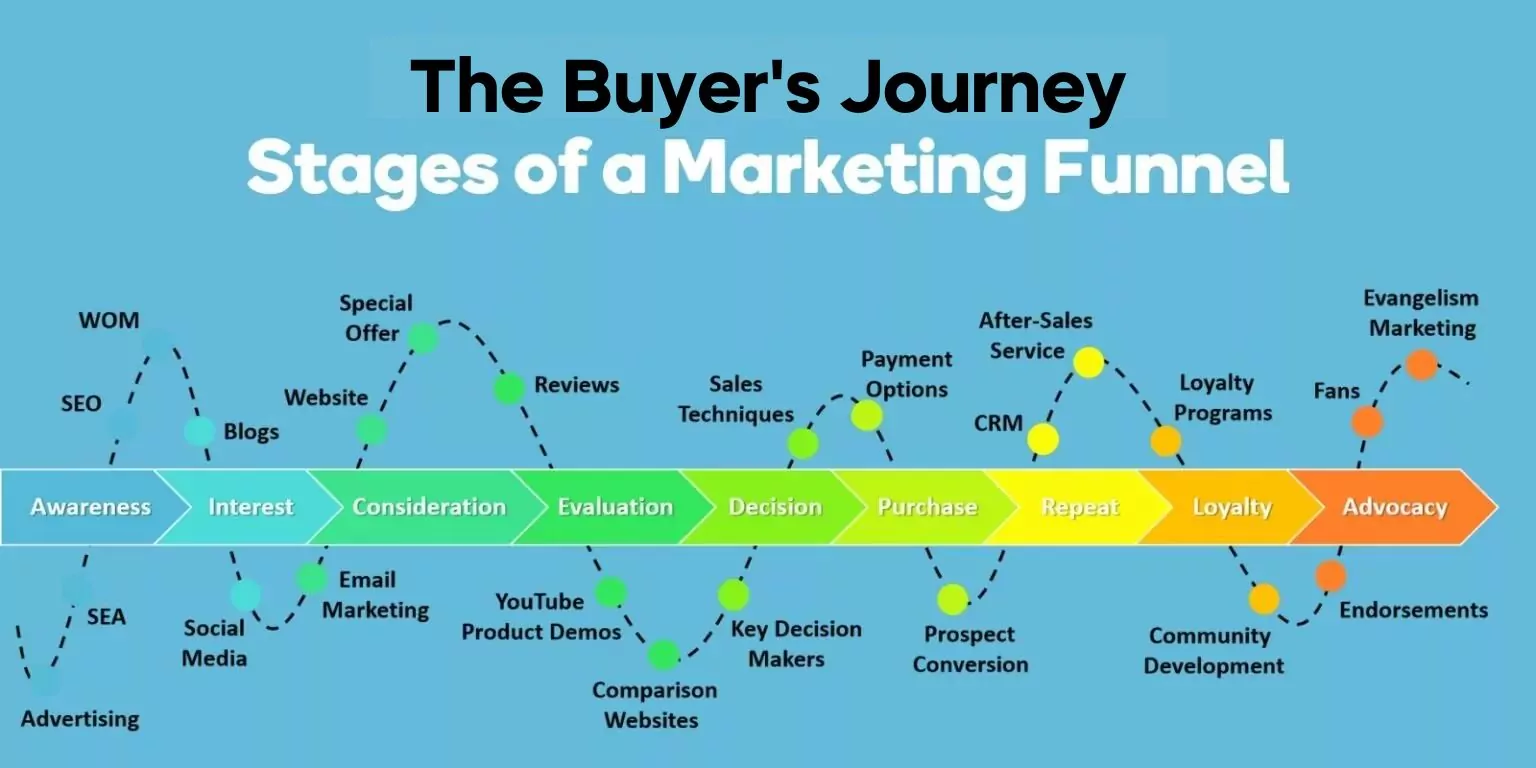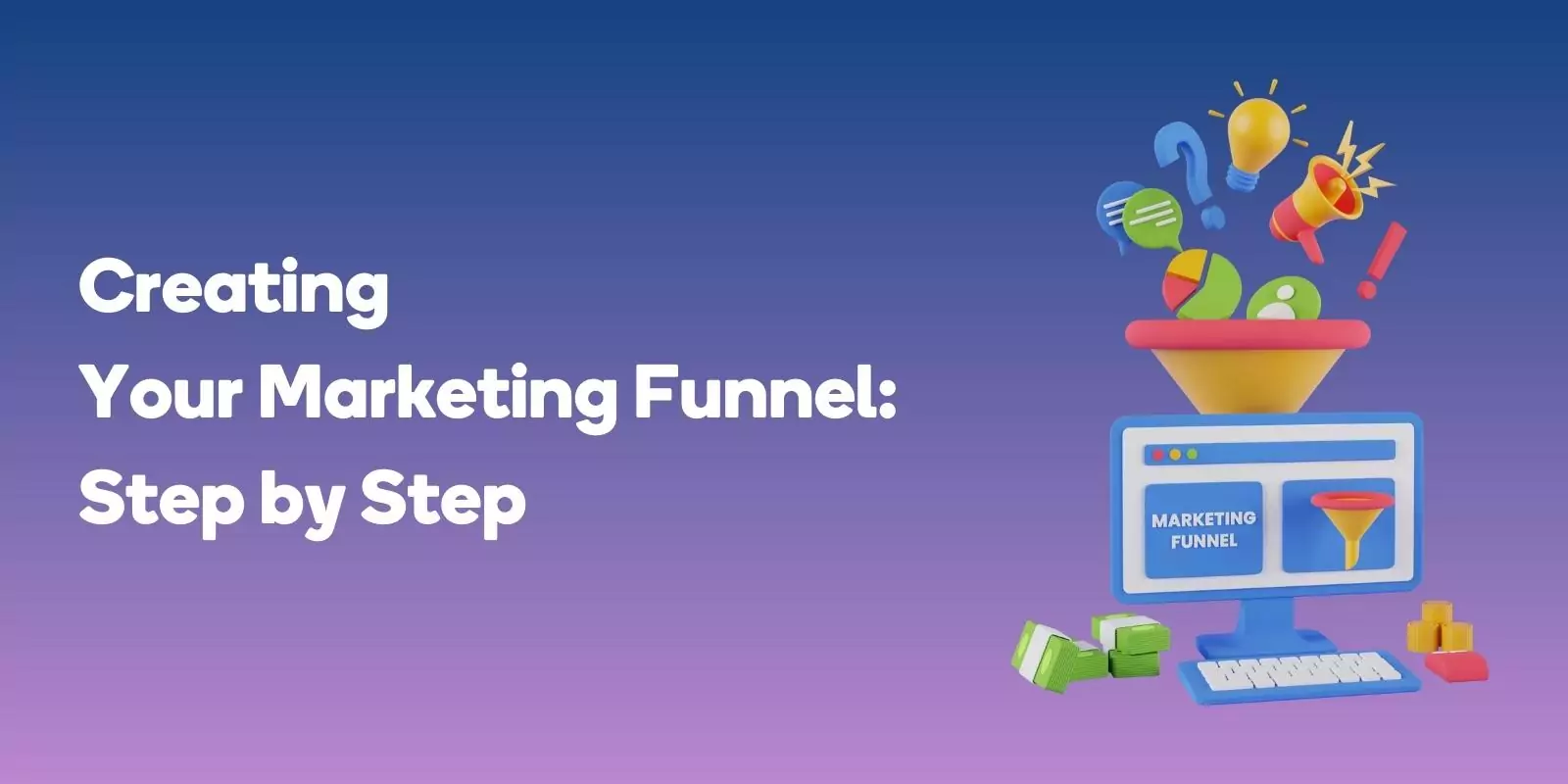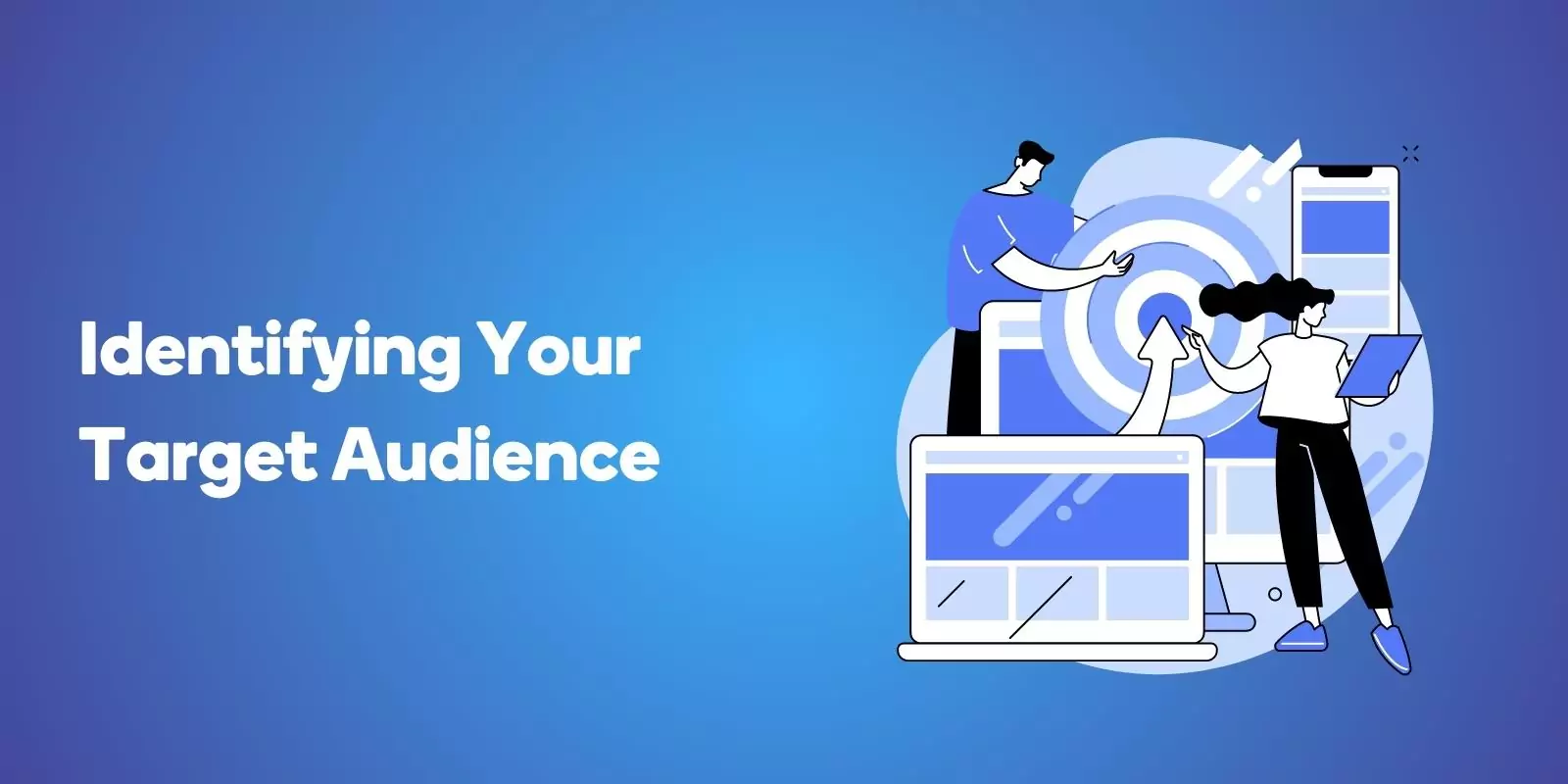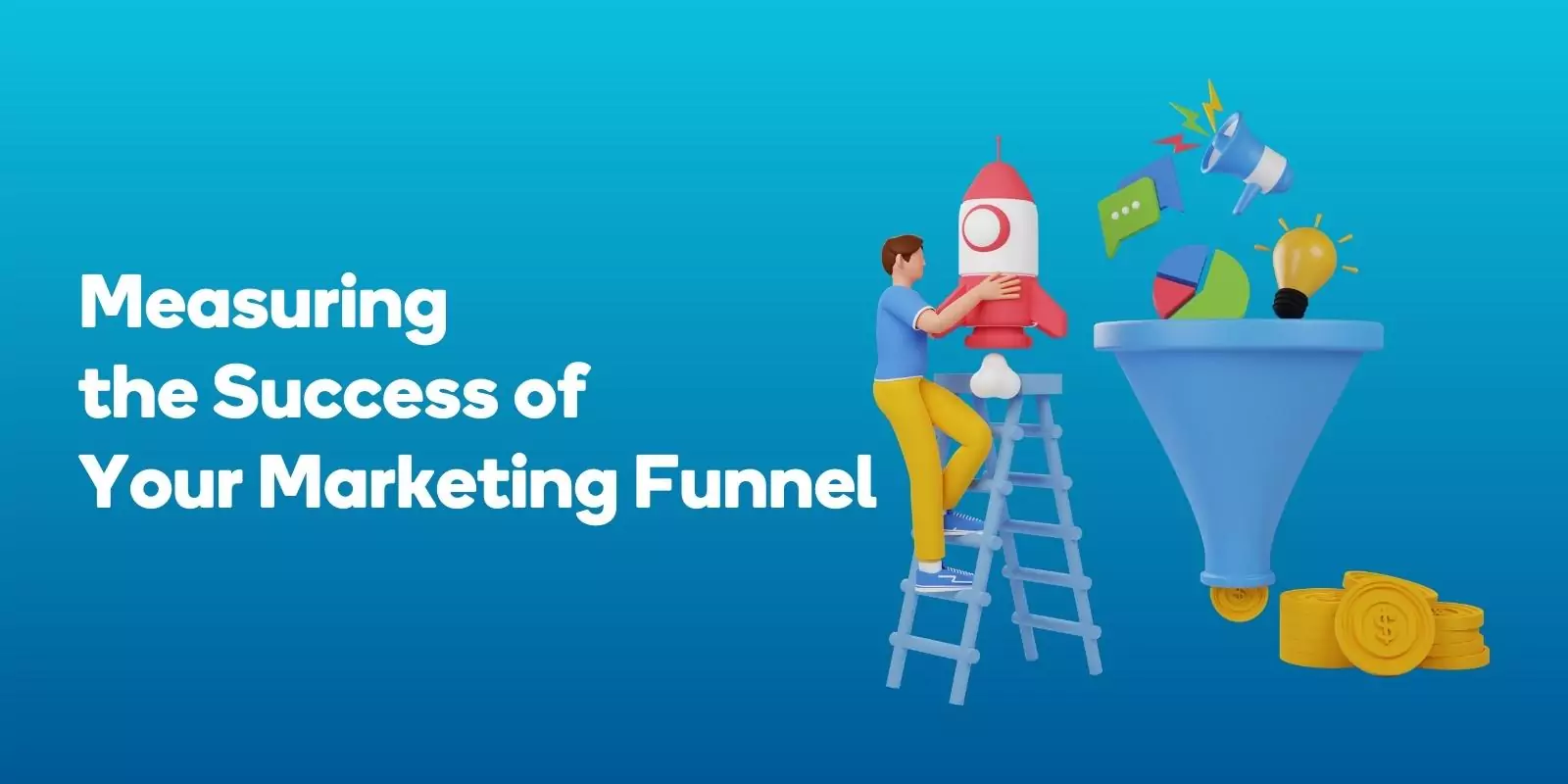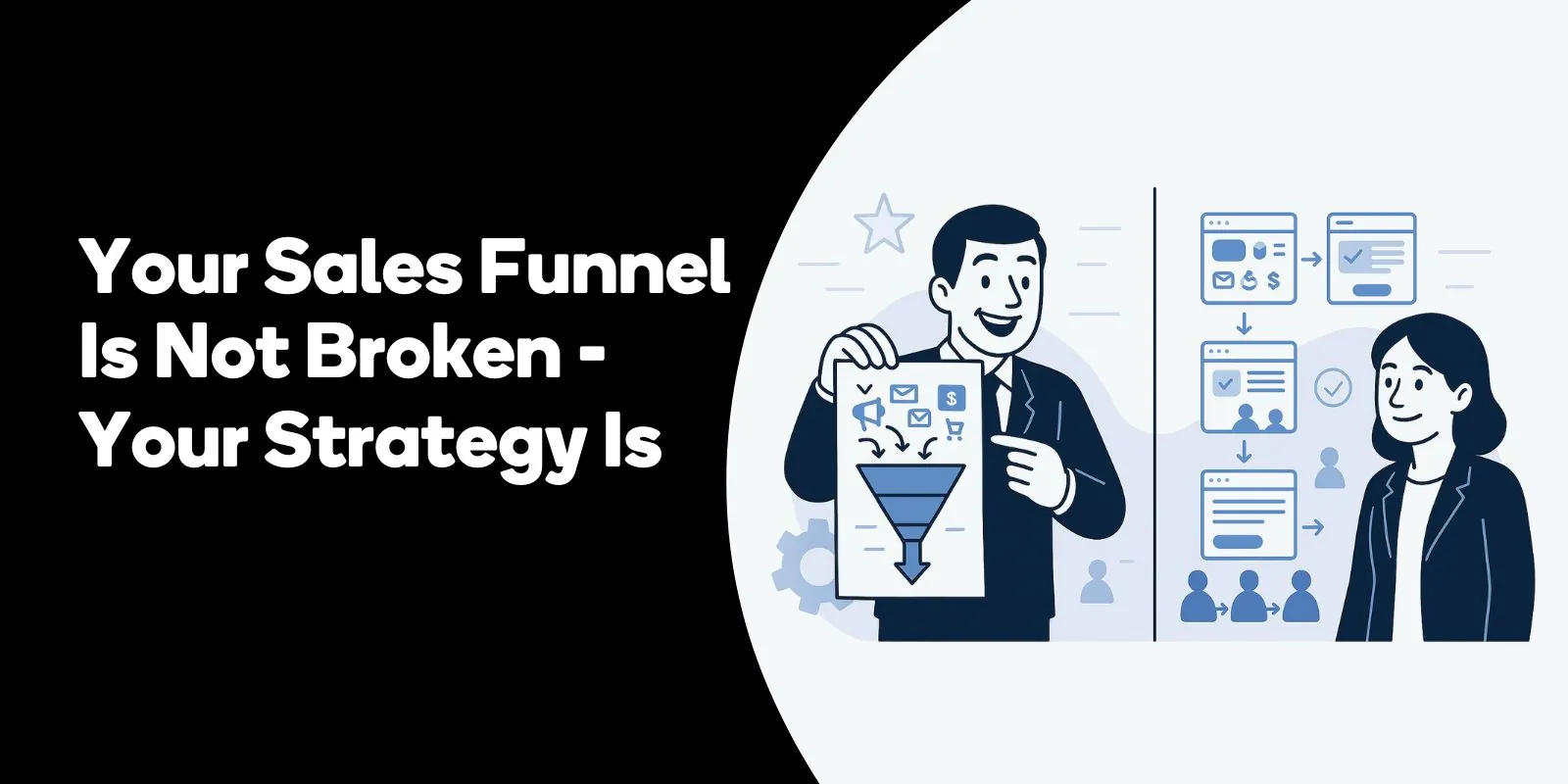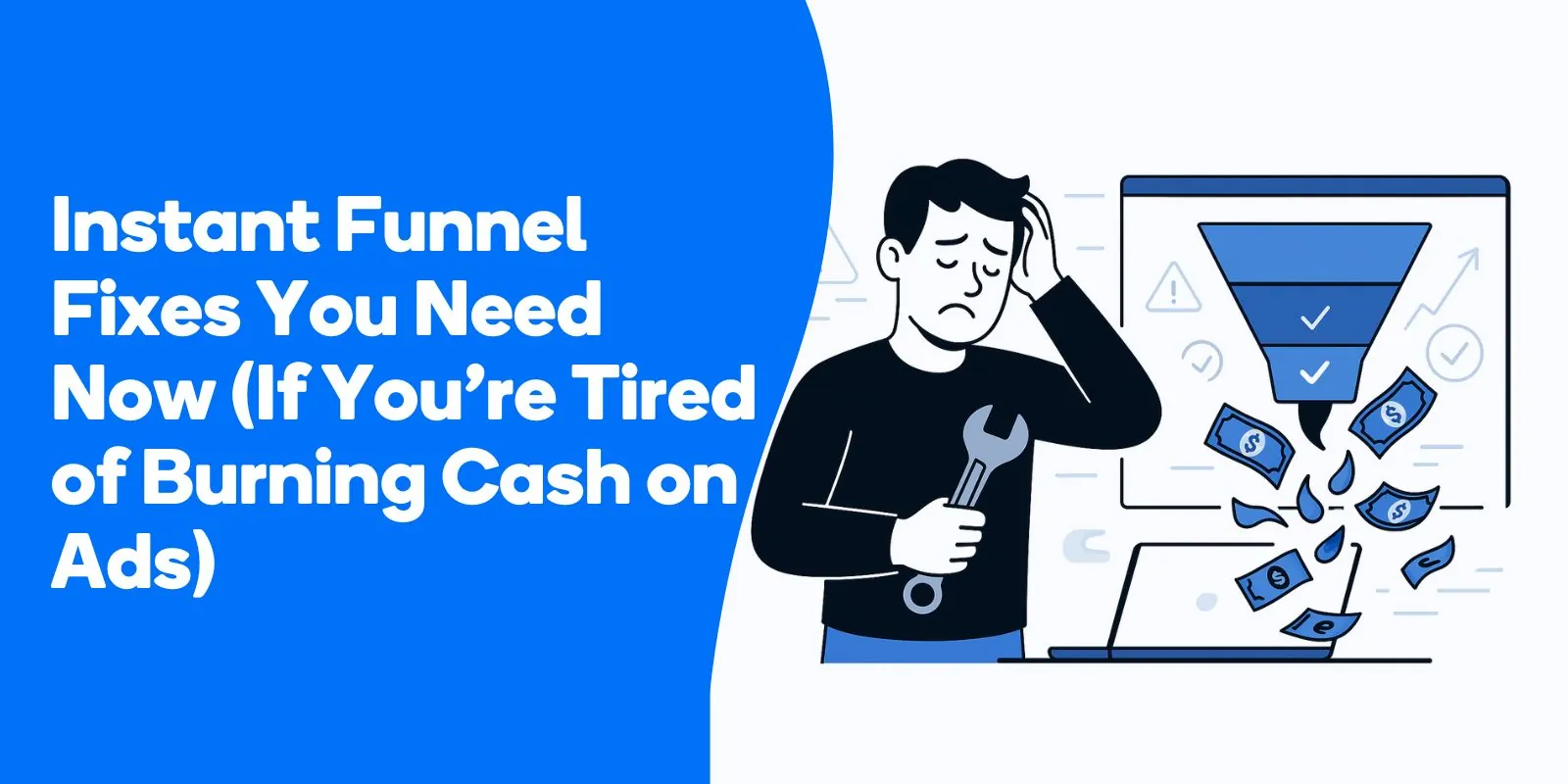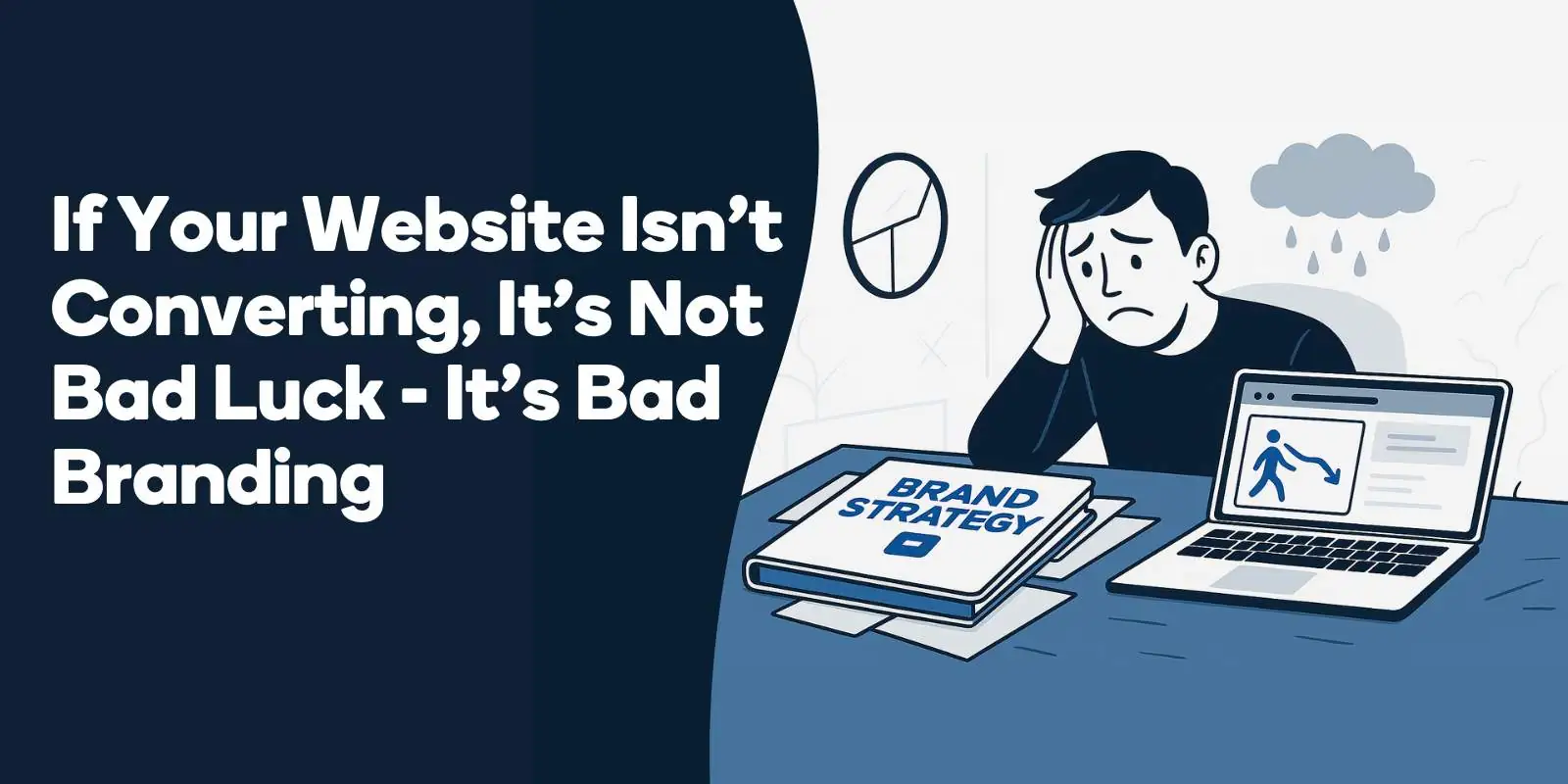By creating and optimizing your own marketing funnel, you’ll be able to boost conversions, drive revenue, and foster customer loyalty like never before.
So buckle up and get ready for “Marketing Funnel: A Complete Guide” to crafting a powerful marketing funnel.
Understanding Marketing Funnels
A marketing funnel outlines the steps a customer takes to make a purchase decision. It starts from their initial awareness and continues until they decide to buy.
It plays a crucial role in any marketing strategy, as it helps to boost conversions, drive revenue, and build customer loyalty.
The individual stages of the buying decision process should be aligned with content marketing that draws attention and transforms leads into sales.
By starting with a basic marketing funnel, you can refine it once you observe which elements are successful and which are not in terms of key performance metrics to enhance conversions.
The Role of Marketing Funnels
The primary aim of a marketing funnel is to facilitate potential customers in their journey towards becoming loyal customers.
Constructing a marketing funnel is critical for achieving remarkable progress in efficiency and efficacy when finalizing deals.
A traditional marketing funnel consists of five stages: Awareness, Interest, Decision, Action, and Retention.
These stages are designed to facilitate smaller conversions from the target consumer as they progress through their purchase journey, also known as “mini funnels”.
In the middle stage of the sales funnel, conversion rates provide insight into whether the content generated in the first stage is effective in driving prospects to the subsequent stages.
To keep leads engaged that have been exposed to the entire email sequence but have not made a purchase, you can present them with a one-time offer or provide them with valuable content.
It’s essential to keep the hero video on a squeeze page concise and direct, such as two minutes and fifteen seconds.
Key Components of a Marketing Funnel
The essential elements of a marketing funnel include lead magnets, landing pages, and email automation.
Bait, such as free content, webinars, a course delivered as an email sequence, or product samples, can be utilized in a marketing funnel to capture prospects’ attention and encourage further engagement, conditioning them to make a more profitable purchase in the future.
The central offering within a digital marketing funnel is the core product or service that a business intends to market to their customers at the conclusion of the buyer’s journey.
Break-even offers can be utilized to maintain customer engagement and readiness to progress, even if there is no profit to be made on the sale, which can be advantageous in the higher tiers of the value ladder.
Upon opting-in, a thank you page is the page to which users will be redirected. This landing page also can be used to direct users to other relevant content, such as blogs, videos, and social media channels.
The Buyer’s Journey: Stages of a Marketing Funnel
The marketing funnel consists of five stages: Top of the marketing funnel stage, Middle of funnel, Bottom of funnel, Awareness Stage, Interest Stage, and Conversion Stage.
These stages align with the buyer’s journey and are essential for guiding potential customers through the sales process.
Understanding the structure of a sales funnel allows you to craft a sales funnel tailored to your company’s specific customer journey.
Awareness Stage
The Awareness Stage is the initial phase of the marketing funnel, wherein potential customers become cognizant of a problem they encounter and identify your brand.
The purpose of the Awareness Stage is to increase awareness of the product or solution and educate potential customers.
Outbound marketing and advertising, such as paid ads and influencer marketing, are often utilized to reach potential customers during the awareness stage.
Optimizing ads, content, and affiliate sources in the Awareness Stage is essential to drive targeted traffic. Additionally, content should be tailored to the buyer persona to guarantee effectiveness.
Interest Stage
The “Interest Stage” is the second stage of a marketing funnel, where leads demonstrate interest in the product or solution and actively engage with associated content.
Content suitable for the “Interest Stage” of a marketing funnel includes blog posts, videos, and webinars.
To strengthen the connection with potential customers during the middle of the funnel (MOFU), personalized content, case studies, webinars, and demos can be effective in creating interest and enabling engagement.
Utilizing the WWWH (Who, What, Where, and How) approach in sales funnel content allows for a personal and individualized approach to engaging with prospective customers and clients, which is highly desired.
Testimonials can be utilized to increase buyer confidence during the MOFU stage and can be included on your website, social media accounts, ads, and email copy.
Conversion Stage
In the Conversion Stage, prospects make an informed and confident purchase decision based on the information encountered throughout the sales funnel stages.
The AIDA Model (Attention, Interest, Desire, Action) is a framework that outlines the stages of customer awareness, interest, desire, and action prior to making a purchase.
Optimizing a website for conversions (CRO) is a viable approach to augment sales during the conversion stage.

Award-Winning
Sales Funnel & Website Expert
Discover How My Agency Can Grow Your Business
- Website: Our websites are the perfect blend of form and function.
- Sales Funnel: We build sales funnels that turn leads into customers.
- SEO: Get found online with our expert SEO services.
Offering risk-free trials, money-back guarantees, and analogous offers that make acquiring your product or service an easy decision can also be beneficial.
Creating Your Marketing Funnel: Step by Step
Now that you have a solid understanding of marketing funnels and their various stages, it’s time to create some sales funnels of your own.
Keep in mind that each business’s marketing funnel will be unique, tailored to their specific product or service and target audience.
However, there are some general steps that can guide you in building an effective marketing funnel.
Identifying Your Target Audience
The first step in creating a successful marketing funnel is identifying your target audience, which can be achieved through market research, surveys, and customer feedback.
Once you have a clear understanding of who your ideal customer is, you can create buyer personas that represent their demographics, psychographics, and behavioral factors, allowing you to better understand their needs and preferences.
By crafting content tailored to the specific needs and preferences of your buyer personas, you’ll be able to create a more effective marketing funnel that resonates with their fears, goals, and pain points.
Developing Content for Each Stage
With your target audience and buyer personas in mind, it’s time to create targeted content that addresses the needs of prospects at each stage of the funnel.
This includes crafting blog posts, videos, webinars, and case studies to educate and engage potential customers.
Establishing parameters for lead qualification is essential in order to pinpoint the marketing efforts and materials that are generating the most qualified prospects and ensure that salespeople are utilizing their time efficiently.
By developing content that resonates with your target audience, you’ll be able to guide them through each stage of the buyer’s journey and ultimately convert them into loyal repeat customers.
Implementing Marketing Channels
Once you have developed targeted content for each stage of the marketing funnel, it’s time to implement the appropriate marketing channels to reach and nurture leads throughout the top of the funnel.
The channels to be utilized for implementing a marketing funnel will depend on the target audience and the type of content being created.
Commonly used channels include email, social media, search engine optimization, and paid advertising.
By adjusting your marketing channels to each stage of the funnel, you can effectively attract, inform, convert, and engage customers.
Assessing the success of these channels can be achieved by analyzing conversion rates and lead quality.
Measuring the Success of Your Marketing Funnel
In order to ensure the efficacy of your marketing funnel, it’s crucial to measure its success. This can be accomplished by tracking key metrics and KPIs, such as conversion rates and lead quality.
By evaluating the performance of your marketing funnel, you can identify areas that need improvement and make necessary adjustments to optimize your strategy.
Conversion Rates
Conversion rates are a critical metric for assessing the efficacy of a marketing funnel, as they demonstrate how many leads are transformed into customers.
By calculating conversion rates and analyzing them at each stage of the funnel, you can identify areas that need improvement and optimize your funnel accordingly.
A/B testing various aspects of the funnel, such as the content, design, and messaging, can be utilized to optimize conversion rates.
Additionally, personalization and segmentation can be leveraged to customize the bottom of the funnel for distinct audiences.
Lead Quality
Lead quality is a metric that gauges the potential of a lead to become a customer and is crucial for the efficacy of a marketing funnel.
To assess lead quality, you can utilize conversion rate, lead-to-customer rate, and customer lifetime value.
Lead scoring is an effective tool for assessing the quality of leads, as it takes into account criteria such as demographic information, behavior, and engagement with the business.
By segmenting leads by their interests, providing tailored content, and utilizing automated marketing tools, you can qualify and nurture high-quality leads.
Optimizing Your Marketing Funnel
To maximize the success of your marketing funnel, it’s essential to continually refine and optimize it.
By focusing on customer retention, implementing A/B testing, and incorporating personalization and segmentation, you can create a more tailored and effective marketing funnel experience for your prospects.
A/B Testing
A/B testing, commonly referred to as split testing, is a method of comparing two versions of a webpage or app to identify which one yields better results based on predetermined metrics.
A/B testing enables you to determine which variant of a webpage or application yields higher performance, thereby facilitating informed decisions regarding optimization of your marketing funnel.
To optimize A/B testing, it is critical to ensure that the test is conducted on a sufficiently large sample size to guarantee reliable results, and over a sufficient period of time to guarantee that the results are valid.
By implementing A/B testing, you can pinpoint areas of growth and enhance your marketing funnel.
Personalization and Segmentation
Personalization and segmentation enable brands to create a more customized and effective marketing funnel experience for prospects.
By dividing customers into distinct groups based on identifiable characteristics, such as demographics and behaviors, and using this data to craft a customer-centric experience tailored to their values and preferences, you can enhance engagement and conversion rates.
Identifying your target audience and their needs is the initial step, which can be achieved through market research, surveys, and customer feedback.
Subsequently, content should be created for each stage of the marketing funnel, tailored to the needs of the target audience.
Finally, marketing channels should be employed to reach the target audience.
Frequently Asked Questions
What are the 4 stages of the marketing funnel?
The marketing funnel consists of four stages: awareness, interest, evaluation, and purchase.
By creating content that speaks to each stage, you can effectively engage leads at different points in the customer journey and then create content to guide them towards a successful purchase.
What are the 7 phases of a funnel?
The seven phases of a funnel typically include: Awareness, Interest, Consideration, Intent, Evaluation, Purchase, and Advocacy. Each phase serves an important role in attracting potential customers, leading them through the buying process, and allowing them to move closer to making a purchase.
By understanding each phase of a simple marketing funnel, businesses can optimize their funnel for maximum efficiency.
What are the 5 stages funnel?
The 5 stages of a sales funnel are awareness, interest and evaluation, desire, action, and re-engagement. Each stage of the sales funnel provides potential customers with a different opportunity to interact with the company’s product or service in a meaningful way that ultimately drives them towards making a purchase decision.
By understanding how to effectively engage consumers during each phase of the funnel, companies can better optimize their strategies to generate more conversions.
Conclusion
In conclusion, creating an effective marketing funnel is essential for guiding potential customers through the buying process, ultimately converting them into loyal advocates for your brand.
By understanding the various stages of a marketing funnel, identifying your target audience, developing targeted content, implementing marketing channels, and continually optimizing your funnel, you can boost conversions, drive revenue, and foster customer loyalty like never before.
So take the first step in creating your own powerful marketing funnel today and witness the transformative impact it can have on your business and beyond.
